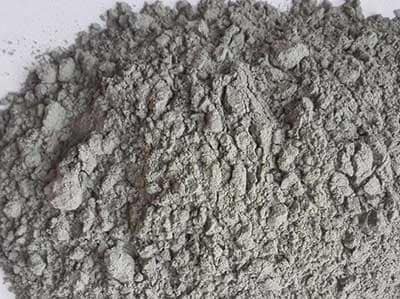What are the easy ways to identify the application quality of fly ash?

How to identify the quality of fly ash used in mortar
In ready-mixed mortar, the quality of active mineral admixtures, especially fly ash, directly affects the construction workability of the mortar and the mechanical properties of the hardened mortar. Therefore, fly ash with good quality and stability is an important prerequisite to ensure the high performance of mortar. Low-quality fly ash seriously affects the quality of mortar, especially the initial state of mortar. The loss of mortar consistency is large, and construction cannot be carried out. How to identify the quality of fly ash with a simple method?
1. Look at the color to see the quality
Fly ash is similar in appearance and color to cement and is usually a gray powdery substance. Its color is related to its composition, fineness, moisture content and combustion conditions. Generally, the lighter the color of the undisturbed fly ash, the lower the carbon content; and the lighter the color of the same level of fly ash, the lighter the particles Fine (because the fine-grained pulverized coal is generally more fully burned)
2. Discrimination of authenticity under the microscope mainly depends on its glass beads.
3. Add water and stir to see the appearance
Add an appropriate amount of fly ash to a beaker of water and stir quickly to check whether there is black ash floating on the water surface to check the carbon content in the fly ash; Oil droplets, this fly ash should be putty slick and should be returned. After the desulfurization ash containing high free CaO and SO3 is stirred with water, the solution is alkaline, and the phenolphthalein reagent is added dropwise, and it appears red. To prevent cracking of concrete due to volume expansion of Ca(OH)2 and calcium sulfoaluminate hydrate, it must be returned.
4. Stir the slurry and smell the smell
When an appropriate amount of fly ash and cement are placed in a beaker and mixed with water to form a slurry, if you can smell the pungent smell of ammonia, the fly ash can be judged as denitrification ash.
The main indicators of fly ash used in mortar are:
1. Fineness When the fly ash is finer, the quality is better; the coarser the fly ash, the worse the quality; when the fly ash is black, the fly ash is light and the quality is poor. When the fineness exceeds 45%, it is waste ash, and it is forbidden to use it when it is not ground.
2. Loss on ignition Loss on ignition: refers to the mass loss of the coal powder entering the fly ash after burning. It is one of the indicators to measure the degree of combustion of coal. The greater the loss on ignition, the worse the quality of fly ash, or even unusable, becoming waste ash.
3. Water requirement ratio One of the functions of fly ash in use is to reduce the amount of water used for setting mortar, also known as the water reduction effect; the finer the fly ash, the more obvious the water reduction effect, and the more favorable it is to the strength of the mortar; The thicker it is, the less obvious the water reduction effect is, and the more detrimental it is to the strength of the mortar.
